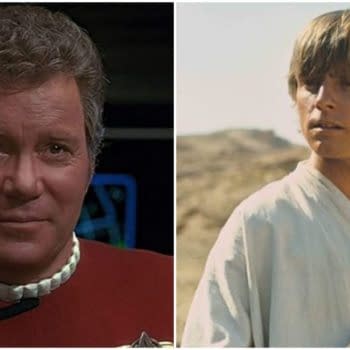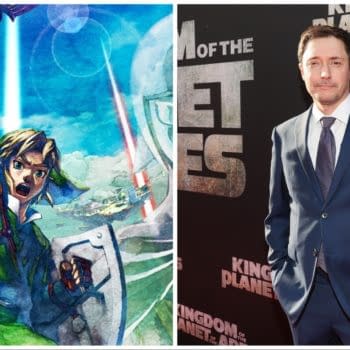Posted in: Exclusive, Interview, Movies, NEON | Tagged: Ariela Barer, Daniel Goldhaber, exclusive, Forest Christenson, Gavin Brivik, How to Blow Up a Pipeline, interview, Kristine Froseth, Lukas Gage, NEON
How to Blow Up a Pipeline: Score Mixer on Tone of Neon's Eco-Thriller
Score mixer Forest Christenson (The Last of Us) spoke to Bleeding Cool about the synth-inspired score of Neon's How to Blow Up a Pipeline.
Forest Christenson is a jack-of-all-trades when it comes to accentuating a film's tone and score as a composer and score mixer. He's worked on several high-profile projects, including Warner Bros' DC and Marvel MCU films, Christopher Nolan's war epic Dunkirk (2017), Denis Villeneuve's legacy sequel in Blade Runner 2049 (2017), and most recently, HBO's The Last of Us. Christenson spoke to Bleeding Cool about his latest eco-thriller for Neon in Daniel Goldhaber's Neon eco-thriller How to Blow Up a Pipeline, working with composer Gavin Brivik, and his career. Based on the Andres Malm novel, the film follows a group of environmental activists who devise a daring plan to disrupt an oil pipeline and make their voices heard as the climate crisis has reached a critical point of no return.
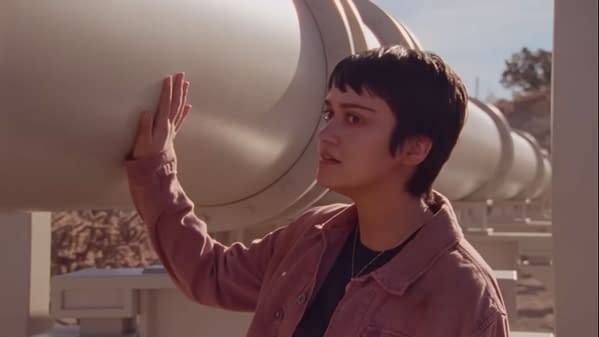
The Synth Sounds of 'How to Blow Up a Pipeline'
Bleeding Cool: What intrigued you about 'How to Blow Up a Pipeline?'
Christenson: Gavin's score intrigued me. He sent me stuff that was a work-in-progress with what he was working on so I could hear his ideas in the process of his composing. That immediately struck me. It took me back to Tangerine Dream-style scores, like 'Risky Business' (1983), for instance, that cool synth-based, minimalist sound. He's just taking that inspiration and doing something cool and new with it. Synths are something I've always been inspired by and immediately interested me. I found the movie itself and the story behind the film are relatable. When I was on tour with a band in Scotland, we went to Edinburgh for the Fringe Festival and didn't have anywhere to stay because we hadn't planned far in advance. Luckily, some of our fans at one of the shows we put on were kind enough to have us crash with them at their flat. Through them, we met a group of activists who were camping in an area where there was deforestation.
They set up a network of treehouses in the forest where they lived, doing shifts and having a constant presence, which prevented the deforestation crews from cutting down the trees there. It was an ecological activism camp. Watching this film, I could see the spirit of those people, those friends of mine. It was cool, and that inspired me while working on this with Gavin.
When producing the music with Gavin, did you both regularly network with director Daniel Goldhaber or did you work exclusively with Gavin?
I worked with Gavin one on one. Gavin and Daniel worked on the score on their own. Once they had a complete musical product, Gavin would bring it to me in my studio, and then we would do the mix. That involves mixing to 5.1 and messing with all the intricacies, frequency, and reverb—everything to make it that last five percent good
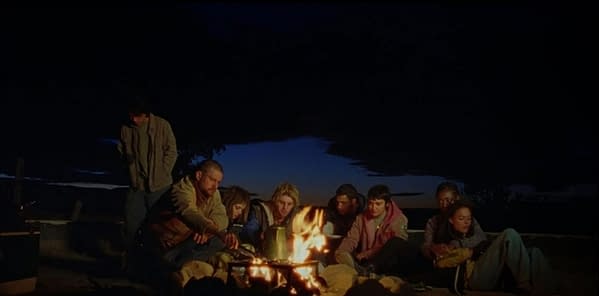
Was there any external inspiration that helped drive the synth work with Gavin on 'How to Blow Up a Pipeline?'
My interest in synth scores influenced my ability to do this mix because I had an idea of what could be cool. I also have a history of composing and producing synth music in surround. In the past, I've made an album with a collaborator named John Also Bennett for our band called Seabat. We mixed one of our albums in surround, and so I was able to take inspiration from that experience. A lot of scores that I mix in surround are orchestral. When doing that, I like the natural sound of the orchestra. I like the natural roominess and imagery of the orchestra. The surround field creates a sense of realism in that environment, but with a synth score, realism is irrelevant. With the surround field, you are able to use it more creatively because you're not tied down to creating a natural sound of an acoustic ensemble. We can play around a lot more with using the surround image, and having things move or exist in the back only, or having longer reverbs and longer delays with a character of their own apart from the sounds that generate them.
What were the influences that helped your style?
I'd say my biggest influence as a mixer is Alan Meyerson. I worked as his assistant for two years at Remote Control Productions and went into that experience knowing nothing. After sitting with him for two years, my ears improved a lot from listening to his mix. I could hear so much more detail, and those little things add up. I owe him everything that I've accomplished since in terms of mixing. He's also my biggest influence in terms of sound. The reason I wanted to work with him in the first place was because I was a huge fan of his scores. Gavin wanted me to mix How to Blow up a Pipeline, and it was a fun and successful mix because I'm also a big fan of electronic music, especially music like Tangerine Dream, Jean-Michel Jarre, and Ludwig Göransson's synth scores. Those all influenced my style.
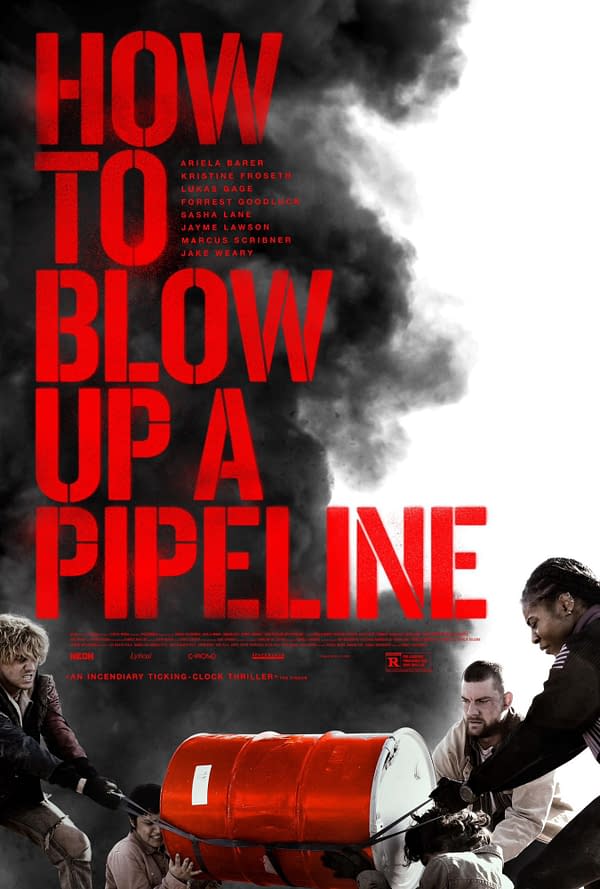
You have such an eclectic and wonderful wide range of work, like in 'Aquaman,' 'Blade Runner 2049,' and 'Dunkirk,' and I'm surprised you did a lot of work on HBO's 'The Last of Us.' How does it feel to be a part of so many epic projects?
It's all about my relationships with the people I'm working with. Every project you mentioned has resulted from a creative collaboration with a composer or an engineer I've worked with in the past. When I was first starting out, I tried to make myself as useful and creatively open-minded as possible, taking on various projects with different music. It's all about taking the time to understand a new world and then diving in and helping to realize an artist's vision. Before you do anything, you must understand the vision. Before you touch the keyboard to add anything. Listening, watching the film, having those conversations, then diving in can help you reset your mindset and get into a new zone for your project. I found that to be the key to doing a wide variety of projects.
How to Blow Up a Pipeline, written by Goldbaber, Ariela Barer, and Jordan Sjol, stars Barer, Kristine Froseth, Lukas Gage, Forrest Goodluck, Sasha Lane, Jayme Lawson, Marcus Scribner, and Jake Weary. The film is currently in theaters.










